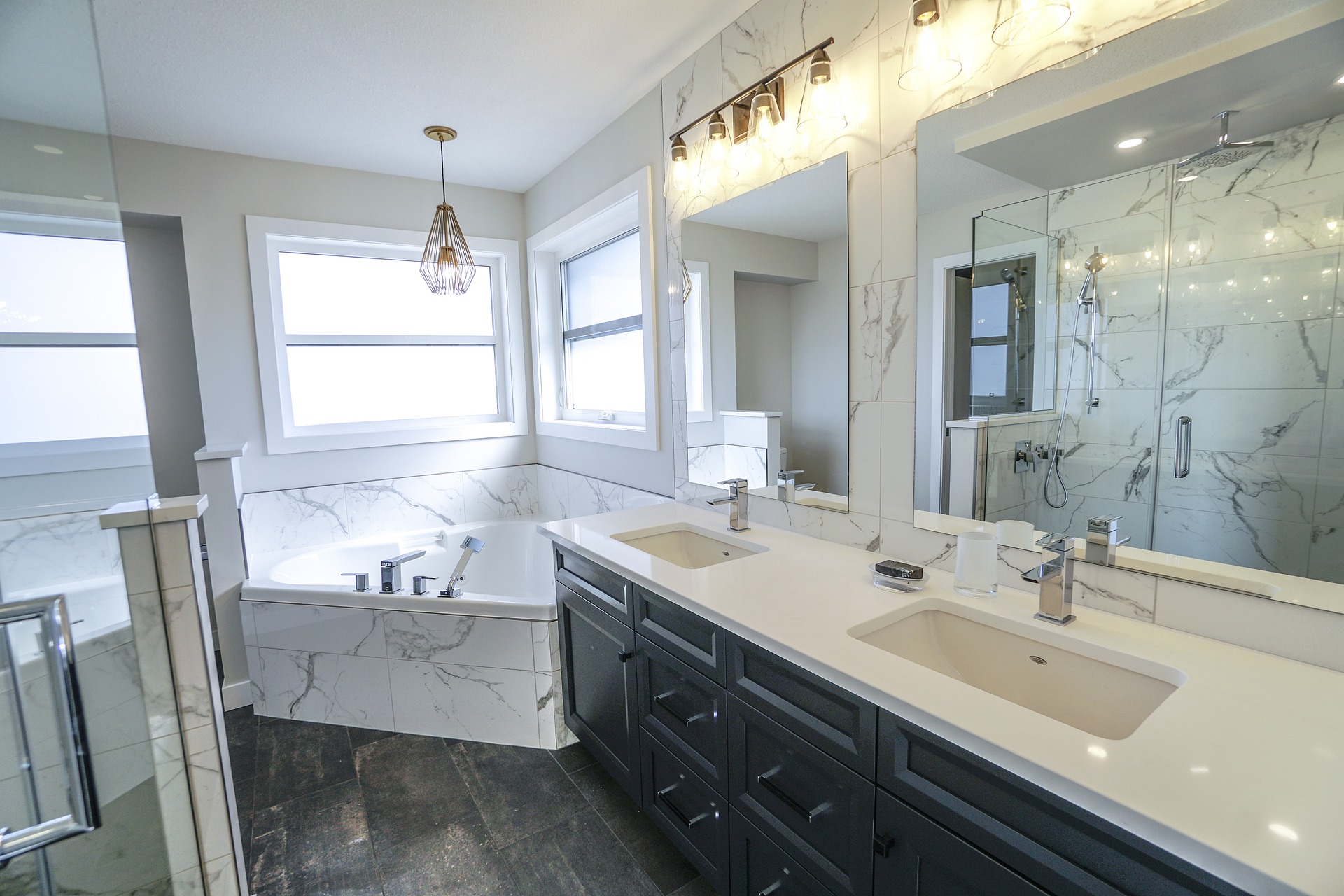Transforming Small Bathrooms: Big Impact in Tight Spaces
Bathrooms are often the smallest rooms in our homes, yet they play an outsized role in our daily lives. For many homeowners, particularly those in urban areas or older houses, the challenge of maximizing functionality and style in a limited footprint can be daunting. However, with thoughtful design and clever solutions, even the tiniest of bathrooms can become a sanctuary of comfort and elegance. The art of small bathroom design has evolved significantly over the years, driven by innovations in materials, fixtures, and spatial planning techniques. As urban living becomes increasingly common and real estate prices continue to climb, the ability to create luxurious, efficient bathrooms in compact spaces has become not just a desirable skill, but a necessary one for interior designers and homeowners alike.
Initially, bathrooms were seen as purely functional spaces, with little attention paid to aesthetics or comfort. However, as societal attitudes towards cleanliness and privacy evolved, so did bathroom design. The challenge of creating efficient, hygienic bathrooms in limited spaces became particularly acute in the post-World War II era, as urban populations boomed and apartment living became more common.
Space-Saving Fixtures and Furniture
One of the most significant developments in small bathroom design has been the creation of fixtures and furniture specifically designed for compact spaces. Wall-mounted toilets, for example, not only save precious floor space but also create a sleek, modern look. These toilets hide the tank within the wall, reducing their footprint and making cleaning easier.
Similarly, corner sinks and pedestal sinks can maximize space in tight corners. For those who need more storage, floating vanities create the illusion of more floor space while still providing drawers or cabinets. Some innovative designs even incorporate storage into the sink itself, with hidden compartments or shelving built into the basin structure.
Clever Storage Solutions
Storage is often the biggest challenge in small bathrooms. Designers have responded with a range of ingenious solutions. Recessed medicine cabinets, once a staple of bathroom design, have made a comeback with sleek, modern interpretations. These cabinets can now be found in a variety of sizes and styles, some even featuring integrated lighting.
Vertical storage is another key strategy. Tall, narrow cabinets can fit into tight spaces between fixtures, while over-the-toilet storage units take advantage of often-wasted vertical space. For a more minimalist look, open shelving can provide storage without the visual weight of cabinets, making the room feel more spacious.
Optical Illusions and Visual Tricks
Design isn’t just about the physical elements in a space; it’s also about how those elements are perceived. Small bathroom designers often employ visual tricks to make spaces appear larger than they are. Large-format tiles, for example, can make a floor seem more expansive by reducing the number of grout lines.
Mirrors play a crucial role in creating the illusion of space. A large mirror or a wall of mirrors can effectively double the perceived size of a room. Some designers take this concept further by using mirrored tiles or reflective surfaces on multiple walls to create a kaleidoscopic effect that visually expands the space.
Color and lighting also play important roles. Light colors, particularly whites and pastels, can make a space feel more open and airy. Strategic lighting, such as recessed ceiling lights or backlit mirrors, can eliminate shadows and create a sense of depth.
Multi-Functional Design Elements
In small bathrooms, every element must work hard to earn its place. This has led to the development of multi-functional design elements that serve more than one purpose. For example, a shower niche not only provides a convenient spot for shampoo and soap but can also serve as a design focal point when tiled creatively.
Bathroom radiators have evolved from purely functional items to design features in their own right. Towel warmers that double as heating elements are now available in a range of stylish designs, adding both warmth and storage to small spaces.
Even bathroom doors are being reimagined. Pocket doors or sliding barn-style doors can save valuable floor space compared to traditional swinging doors. Some innovative designs incorporate storage into the door itself, with slim shelves or hooks on the bathroom side.
Technology and Smart Solutions
As with many areas of home design, technology is playing an increasingly important role in small bathroom design. Smart toilets with built-in bidets can eliminate the need for a separate bidet fixture, saving space while adding luxury. Digital shower controls can be programmed to deliver the perfect temperature and pressure, reducing the need for multiple knobs and handles.
Ventilation, always a concern in small spaces, has also benefited from technological advances. Ultra-quiet exhaust fans with humidity sensors can automatically maintain optimal air quality without taking up additional space or creating noise pollution.
Sustainability in Small Bathroom Design
The trend towards sustainability has not bypassed small bathroom design. Low-flow fixtures and dual-flush toilets help conserve water without compromising performance. LED lighting reduces energy consumption while providing excellent illumination. Even materials are being chosen with sustainability in mind, with recycled glass tiles and reclaimed wood vanities becoming increasingly popular options.
The Future of Small Bathroom Design
As urban populations continue to grow and living spaces become more compact, the demand for innovative small bathroom designs is likely to increase. We can expect to see further advancements in space-saving technology, such as transformable fixtures that can change function based on need.
3D printing may revolutionize bathroom design, allowing for custom-fitted fixtures that maximize every inch of available space. Virtual and augmented reality tools could help homeowners and designers visualize different layouts and styles before committing to a renovation.
The challenge of creating beautiful, functional bathrooms in limited spaces has driven innovation in design, materials, and technology. As we move forward, small bathrooms will likely continue to be at the forefront of design innovation, proving that with creativity and ingenuity, even the smallest spaces can offer comfort, style, and luxury.







